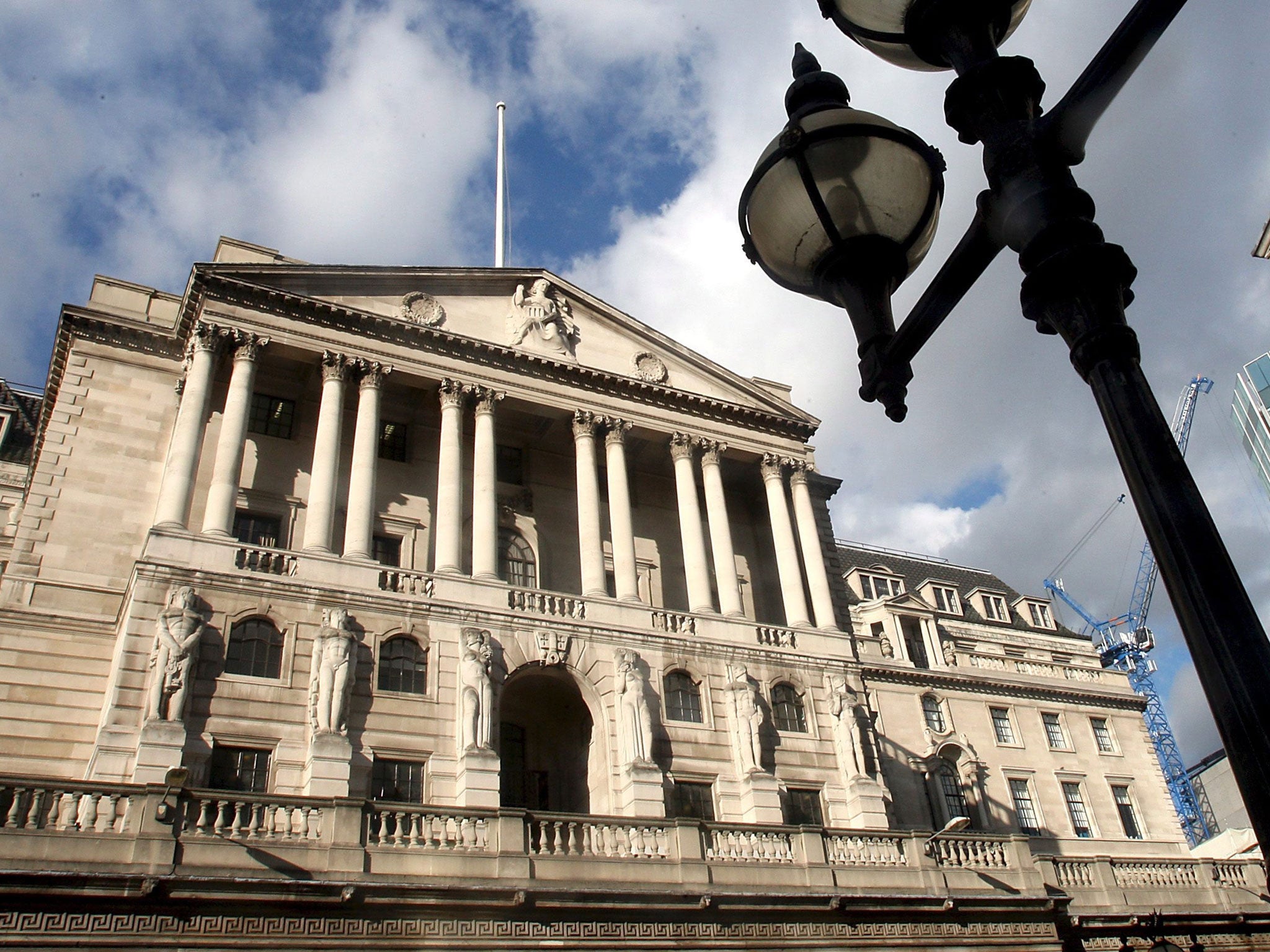Does a rise in borrowing mean a return to normality?
There are several potential benefits to higher interest rates. Their rise might imply economies are on the move again, our Chief Economics Commentator says


Interest rates are on the move again. No, there’s no change in the Bank of England’s monetary policy and short-term rates seem likely to remain very low for some time to come. But the climb in longer-term rates seems to have begun and, depending on how far and how fast things move, this will have a profound effect on all of us.
Ten-year gilt yields are back above 2 per cent. By any historical standards, that is extremely low: far below current inflation and probably below most expectations for inflation for the next 10 years. But last summer the rate dipped below 1.5 per cent. That was the lowest since the Bank of England was founded in 1694. That already seems an aberration and it may well turn out that rates will never be as low again, certainly not in our lifetimes. So what does it mean?
There are two sets of forces at work. One is international, the other domestic. The rise in yields is part of a global trend, as last summer’s very low levels are seen as an over-reaction to fears of renewed recession in the developed world and a break-up of the eurozone. Thus the equivalent US rates dipped to 1.4 per cent in the summer and are now 1.9 per cent. German rates went below 1.2 per cent and have risen to 1.5 per cent. So the extreme fears – the need for a “safe haven” for cash – have receded.
There has also been a reassessment of risk between bonds and equities, for any fixed-interest security would be vulnerable to a rise in inflation, whereas not only do the shares of large companies provide a better current yield than government bonds, but they also give some protection against inflation.
But domestic forces are also at work. The Coalition’s progress in cutting the deficit looks worse now than last summer: notwithstanding the Chancellor’s claims, the underlying deficit seems to be rising, not falling. That may lead to a loss of the UK’s AAA credit rating, which might increase borrowing costs further. A more general concern is the UK’s poor growth performance, even allowing for the official GDP figures understating what is actually happening. And there are lingering concerns about the possible over-valuation of sterling, associated with its “safe haven” status, noted by Mervyn King. Any fall in the pound would, of course, damage investors in sterling-denominated debt.
What will be the effects of this? We can see some already: the cost of fixed-interest mortgages has started to rise not just here but also in the States. Any rise will also undermine eurozone austerity programmes and if rates climb sharply here, then our own austerity programme becomes all the harder to sustain. The one big number coming the Coalition’s way is the lower-than-expected cost of servicing the national debt.
On the other hand, a return to more normal levels of interest rates would have positive effects, too. Pensioners would benefit as annuity rates rose and pension funds themselves would benefit, too, partly for actuarial reasons, but particularly were the rise in bond yields associated with a rise in share prices. For most, the loss on holdings of gilts would be more than offset by a rise in equities.
More generally a return to more normal interest rates would signal a return to more normal market conditions: the world would be moving out of crisis and returning to some sort of normality. It is hard to know which way round the relationship works: are normal market conditions a response to normal economic growth or the other way round? Common sense suggests a bit of both.
Common sense also suggests that extreme monetary policies, carried on for years, start to become ineffective in their main aim, to boost demand. So a rise in long-term rates may not damage growth but actually be a signal that economies are on the move again.
No stopping the online revolution
Online shopping to the rescue – or not. It has been a mediocre Christmas for the High Street but a bumper one for online. As a result, overall sales seem to be up by about 1 per cent in real terms – not brilliant but not dreadful.
We seem to have become the most adept nation on earth at shopping online. Along with the Danes, it seems we make a higher proportion of our purchases online than anyone else. That has a number of direct consequences
High streets have to find a way of fighting back, which raises questions about business rates and parking restrictions. We have to recognise that this may be even bigger than the supermarket revolution: that in another 10 years, more than half of what we spend on goods will be done online.
If that is right, there will be huge consequences for land use, roads, international retail competition, advertising and so on. Shopping may go the way of other industries, with room at the top and at the bottom but not much in between. And slimming the distribution chain should bring benefits to all – unless you are a high-street bookstore, or are someone who likes to browse before you buy.

Join our commenting forum
Join thought-provoking conversations, follow other Independent readers and see their replies